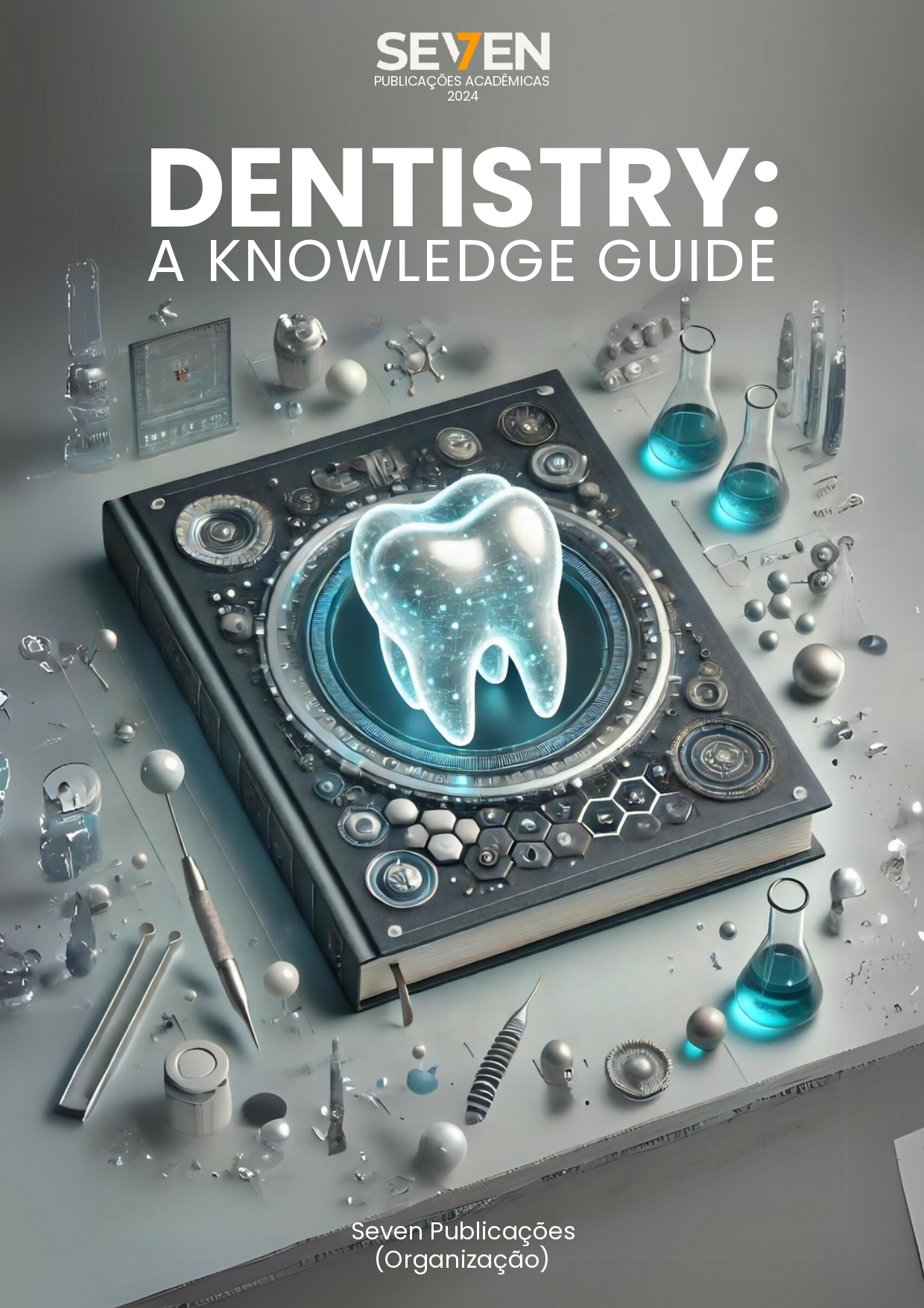ADHESIVE SYSTEMS: A CRITICAL LOOK AT THE SCIENCE BEHIND ADHESION
Keywords:
Dentin Adhesives, Tooth Enamel, Hydroxyapatite, Dental Photoinitiators, DentinAbstract
Adhesive systems play a crucial role in restorative dentistry, providing significant advancements from their introduction to modern technologies. Historically, its evolution reflects the search for greater adhesive efficiency and simplification of clinical protocols. The dental structure, composed of enamel and dentin, has distinct characteristics that influence adhesion. Enamel is highly mineralized, with high-energy surfaces, while dentin is less mineralized, has higher organic content, and dentin fluid, presenting additional adhesion challenges. Adhesive systems chemically interact with these substrates, using monomers, solvents, and primers that promote wettability and copolymerization. Its physical properties, such as viscosity and penetrability, and mechanical properties, such as shear strength, ensure the durability of restorations. The classification of adhesive systems, either by number of steps or by the form of interaction with the substrate, offers criteria for the selection of the most appropriate material. Constant innovation in these systems aims to optimize clinical outcomes, promoting aesthetic, functional, and durable restorations. The integration of scientific knowledge and clinical practice is essential for the continued development of more effective adhesives.
Downloads
Published
Issue
Section
License
Copyright (c) 2024 Álefi Marques Lopes da Silva, Carolina Cardoso de Araujo, Sarah de Araújo Mendes Cardoso, Geovanna de Castro Bizarria, José Lucas dos Santos Silva, Marcelo Lopes Silva, Maria do Amparo Veloso Magalhães, Maria Sarah Teresa Lima Verde Moura, Marine Olmos Villagomez, Ousanas Wesllen Macedo da Costa, Nicollas Gabriel de Carvalho Lima, Wglanna Kellen de Maria Silva Costa

This work is licensed under a Creative Commons Attribution-NonCommercial 4.0 International License.





